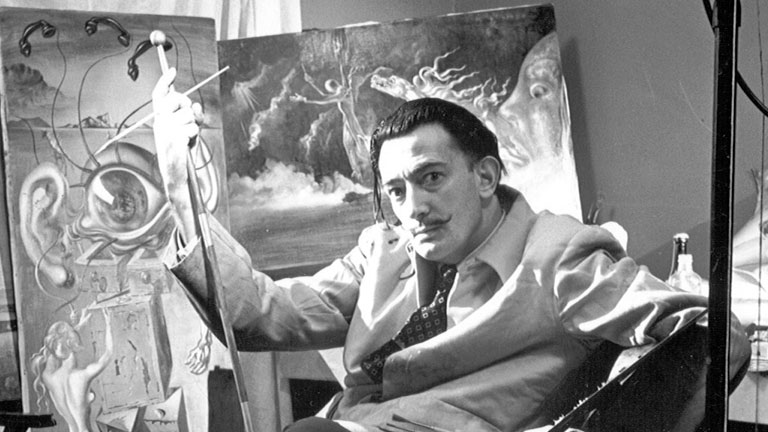Glossary
Adam: The first alchemist and the original philosopher. Legend says that God revealed the secrets of alchemy to Adam in the Garden of Eden, and Adam passed them on to a select few.
Alchemy: An ancient art and practice with both physical and spiritual aspects. Practitioners sought secret, divine knowledge, including immortality and the ability to create gold from any metal. Alchemy is the ancestor of chemistry, and gave rise to many important scientific discoveries.
Angels: A symbol for volatile matter, or substances that turn to vapor. They also sometimes represent the alchemist himself.
Chemical wedding: One of the central images/metaphors of alchemy, when Mercury and Sulphur are joined. Because alchemy is based on the union of opposites, a 'marriage' of the two primary substances followed by conjunctio symbolizes the alchemical process.
Conjunctio: The alchemical stage where the King and Queen (the two opposing substances) are joined together. Usually depicted as sexual intercourse.
Crown: A symbol of alchemy, which was called "the royal art." The crown also symbolizes the complete Philosopher's Stone at the end of the process.
Crucible: An instrument/vessel used in the laboratory processes of alchemy. It served as a melting-pot for the metals and was the alchemist's most important tool.
Egg: A symbol for the crucible and where the transmutation takes place. The creation of the Philosopher's Stone was sometimes compared to a chick hatching from an egg.
Emerald Tablet: A mysterious ancient text originating in Arabic alchemy which served as a primary, authoritative source for alchemists for centuries. Written by Hermes Trismegistus, whose identity is unknown.
Gold: The most pure, precious metal. Alchemists believed they could transmute any metal into gold using the Philosopher's Stone.
Hermaphrodite: The being that is created once the King and Queen are joined during conjunctio. The Hermaphrodite is the King and Queen combined in one body. Considered to be the perfect enlightened being, and the end of the alchemical process. Also called the Rebis or the Androgyne.
Hermes/Mercury: The central figure in alchemy, the Greek god of messengers, travelers, and thieves. He symbolizes Philosophic Mercury, the primary ingredient in alchemy.
Homunculus: A small person, either a dwarf or a child, representing the Philosopher's Stone. It is often shown growing in the alchemist's crucible during the final stages of alchemy.
King: The most frequent representation of Philosophic Sulphur- the hot, dry, active principle that is united with the Queen, or Philosophic Mercury. All alchemy is derived from the union of these two principles. The King and Queen are the most common symbols of this. Imagery of the sun is also related to the King.
Labyrinth: A symbol of the alchemist's long, difficult quest for knowledge. Only guidance from God can enlighten the alchemist and lead him through the labyrinth of the alchemical process.
Ouroboros: The serpent devouring its own tail, a symbol of eternity and the circular process of alchemy.
Philosopher's Stone: The goal of the alchemical process- a physical object that possesses the power to turn metals into gold, give immortality, cure disease, and give philosophical enlightenment. As the most important part of alchemy, the Stone has the most complex symbols and is discussed in the most enigmatic way.
Philosopher's Tree: An ancient symbol to represent the alchemical process and the growth of the Philosopher's Stone. It also symbolizes the transformation/growth of the alchemist's mind that takes place during the alchemical process.
Philosophic Mercury: One of the two main principles/opposites in alchemy. Mercury is the feminine substance: cool, moist, passive, and receptive to the male principle, Sulphur. Depicted as the Queen.
Philosophic Sulphur: The second of two main principles/opposites. Sulphur is the masculine substance: hot, dry, active seed that is combined with Mercury. Depicted as the King.
Phoenix: A mythological bird which resurrects from its own ashes. A symbol of fire and the Philosopher's Stone-the end of a successful alchemical process.
Queen: The symbol for Philosophic Mercury- the moist, cold, passive principle that combines with Philosophic Sulphur, or the King. These two susbtances are the most important in alchemy. Imagery of the Moon is also related to the Queen.
Serpent: Mercury at the beginning of the alchemical process, dark and corrupt matter
Swan: A symbol of the stage known as albedo, or the whitening. It is often depicted with three other birds that also represent different stages: the crow, peacock, and phoenix.
Transmutation: The conversion of substances into one, more purified substance. It describes the metamorphosis of base metals into gold using the Philosopher's Stone.
Yin and Yang: The Chinese version of the two principle opposites. The Yin represents the attributes of Philosophic Mercury and the Queen, and the Yang represents the attributes of Philosophic Sulphur and the King. There is no evidence as to which tradition of alchemy came first, or if they definitively influenced each other.
